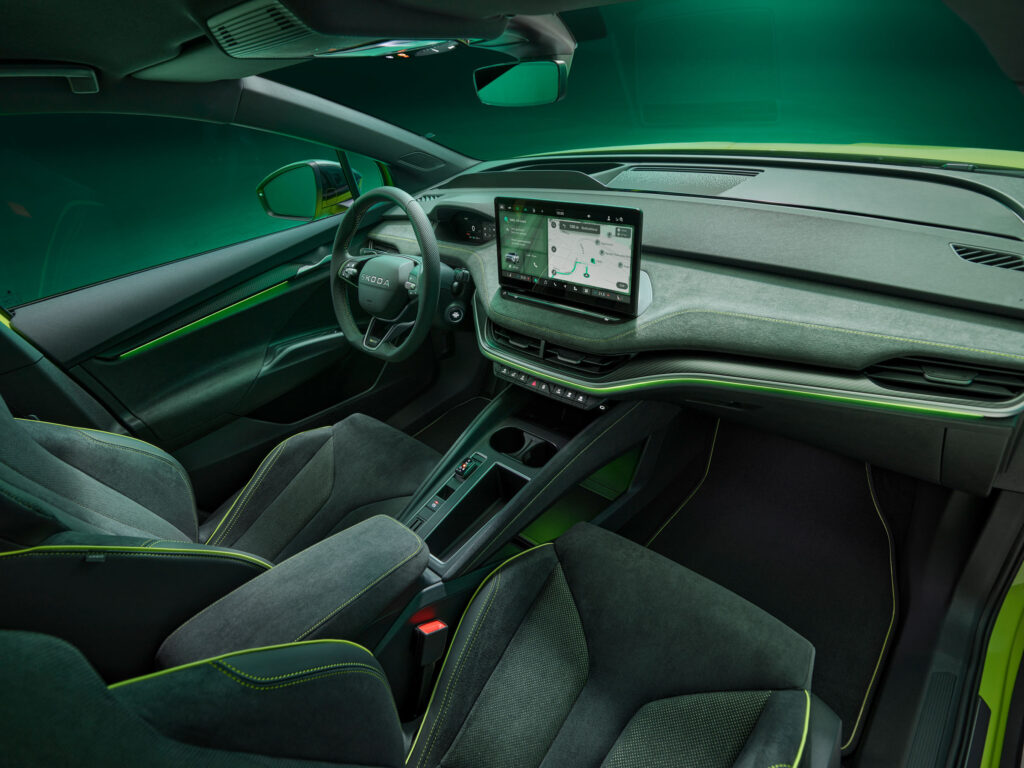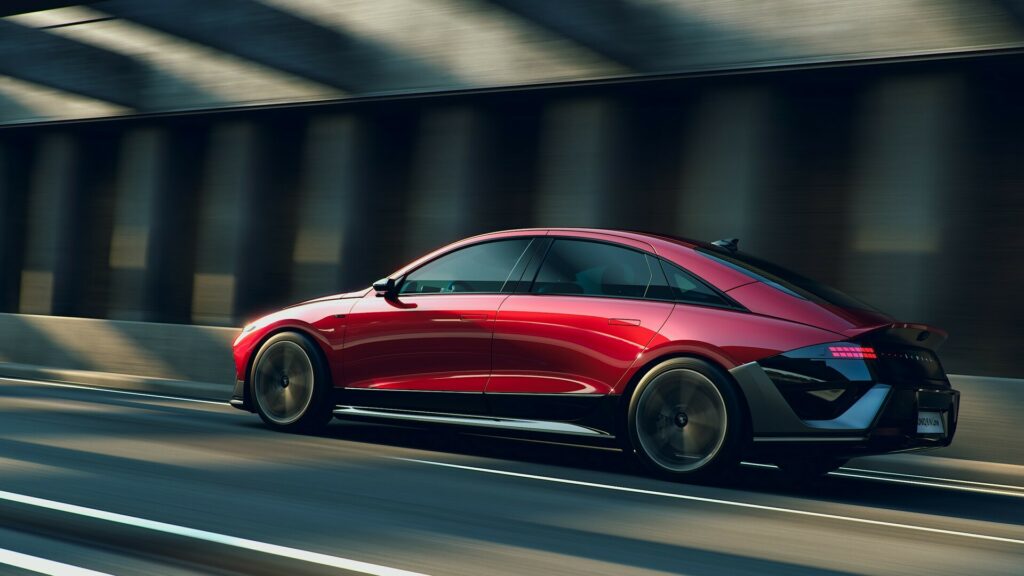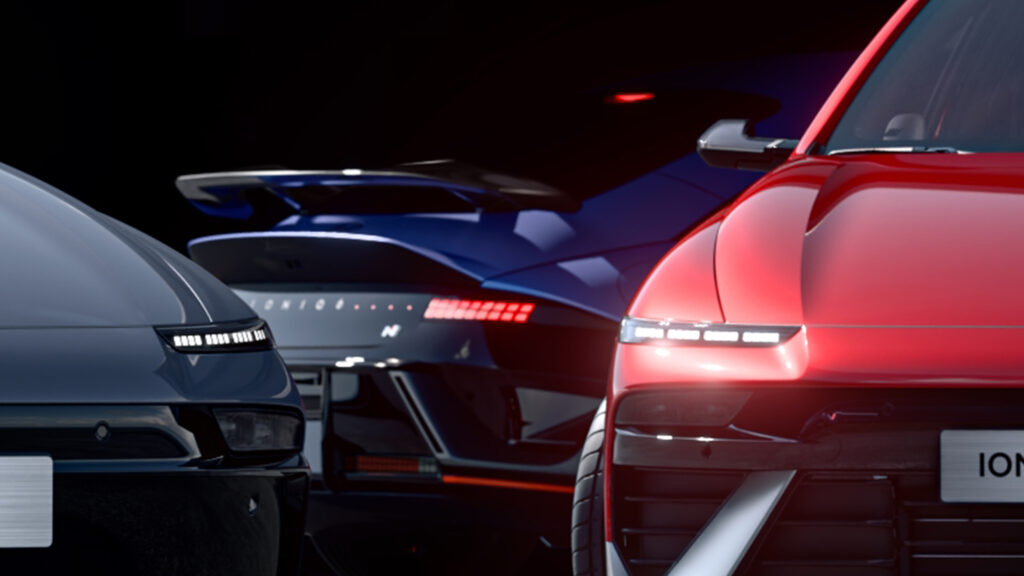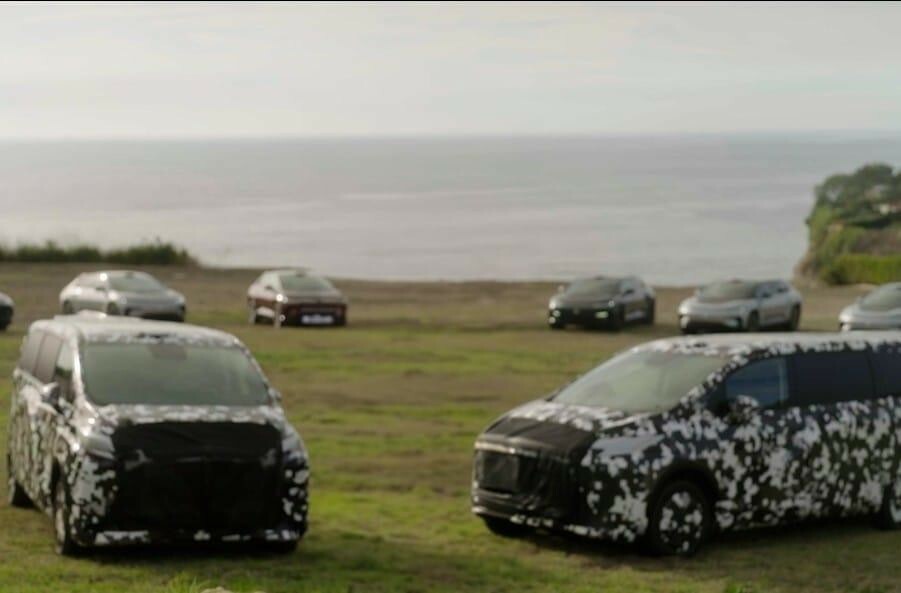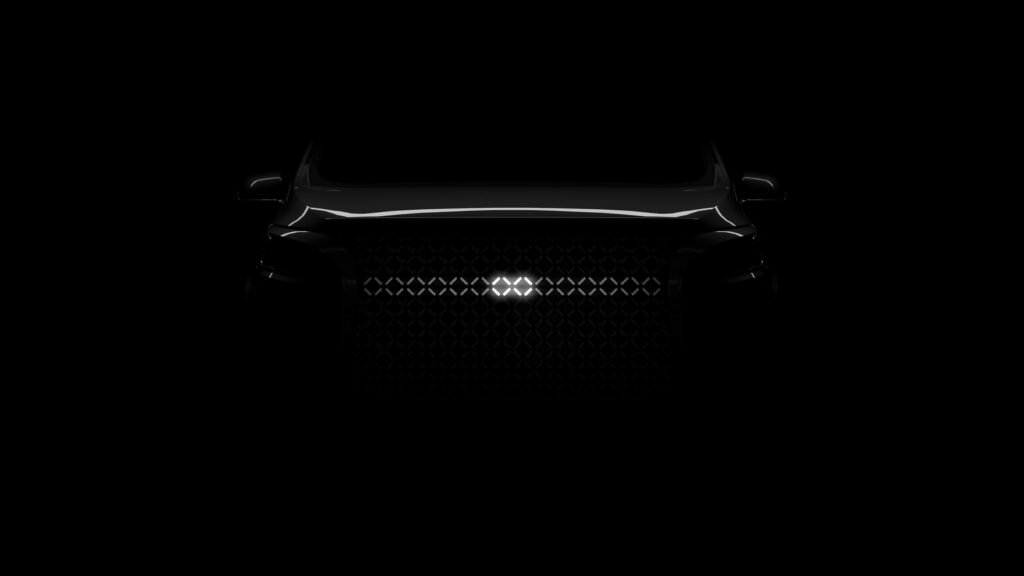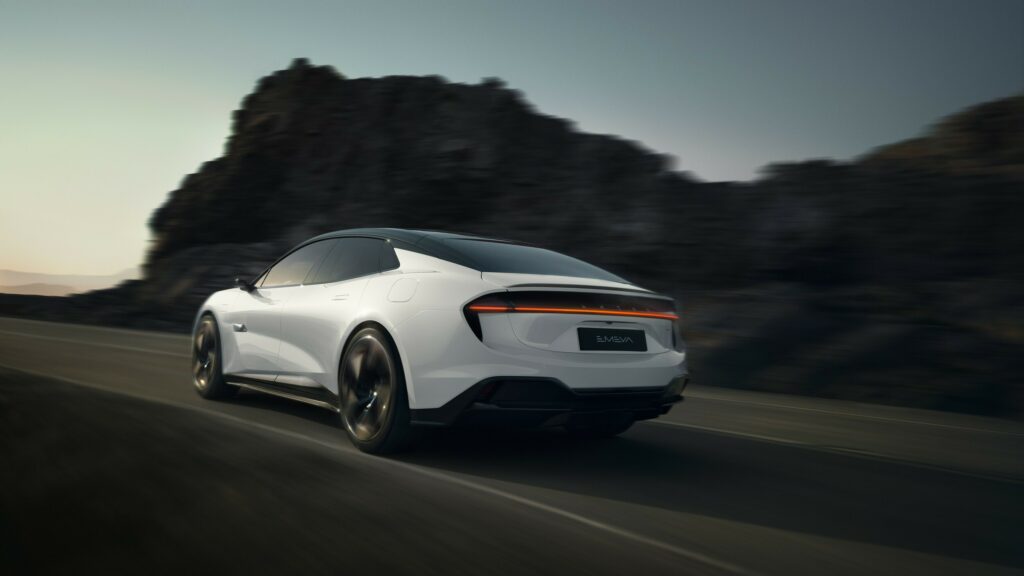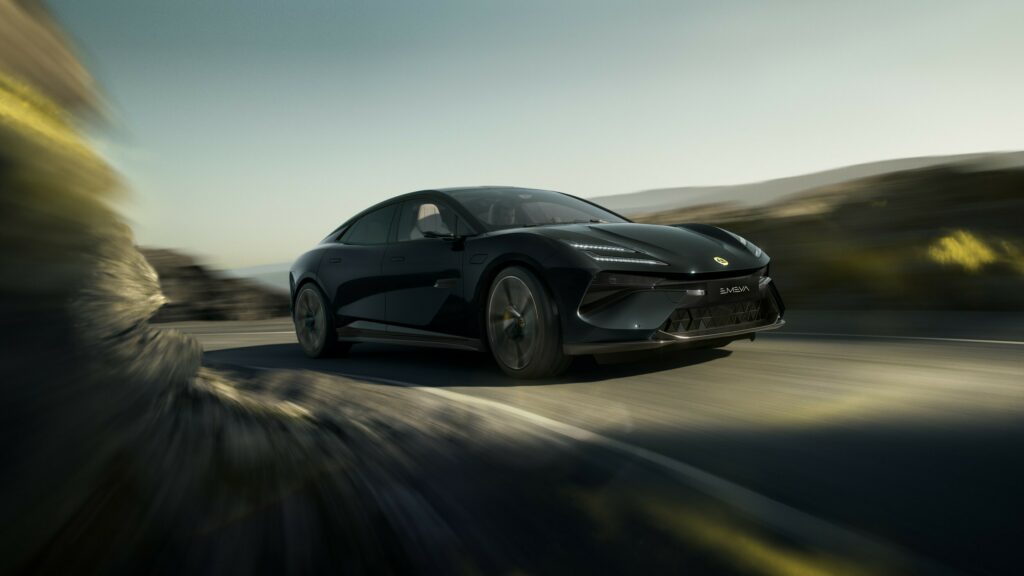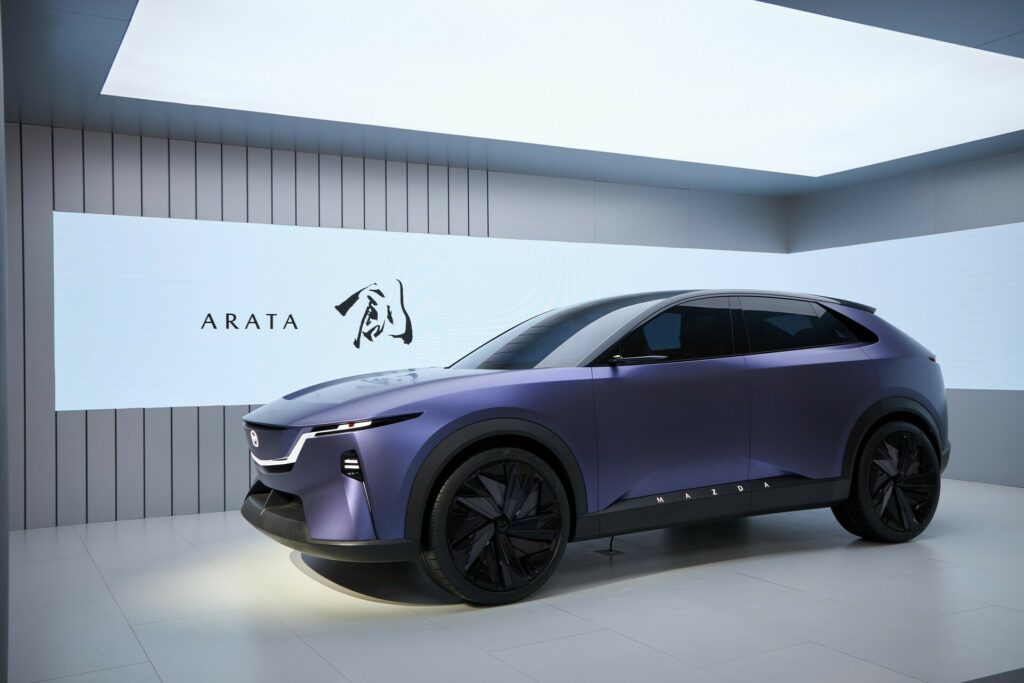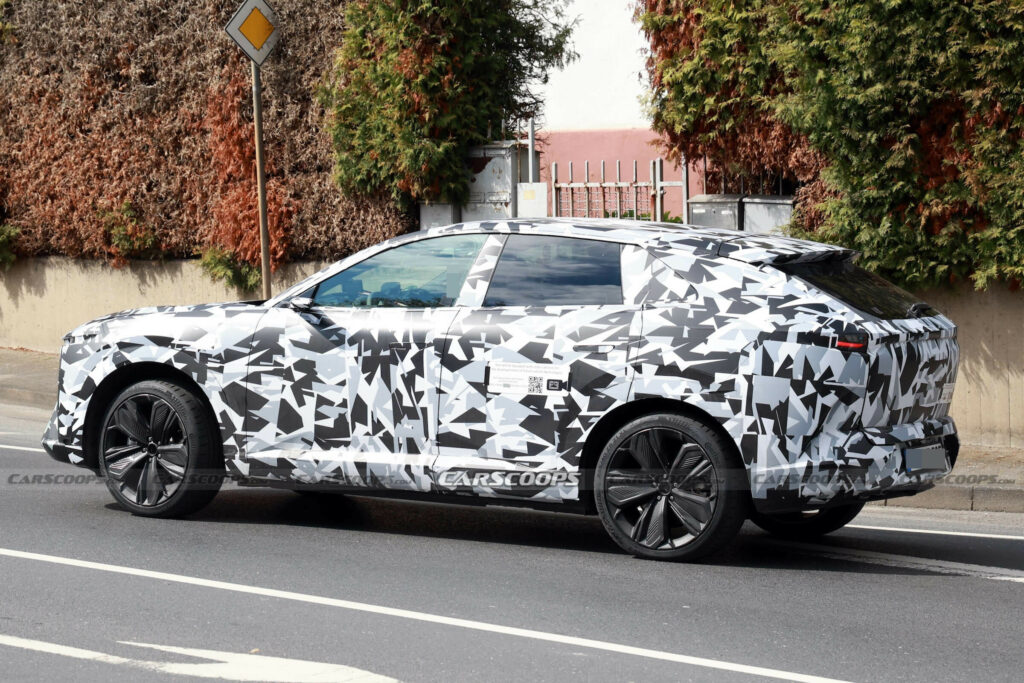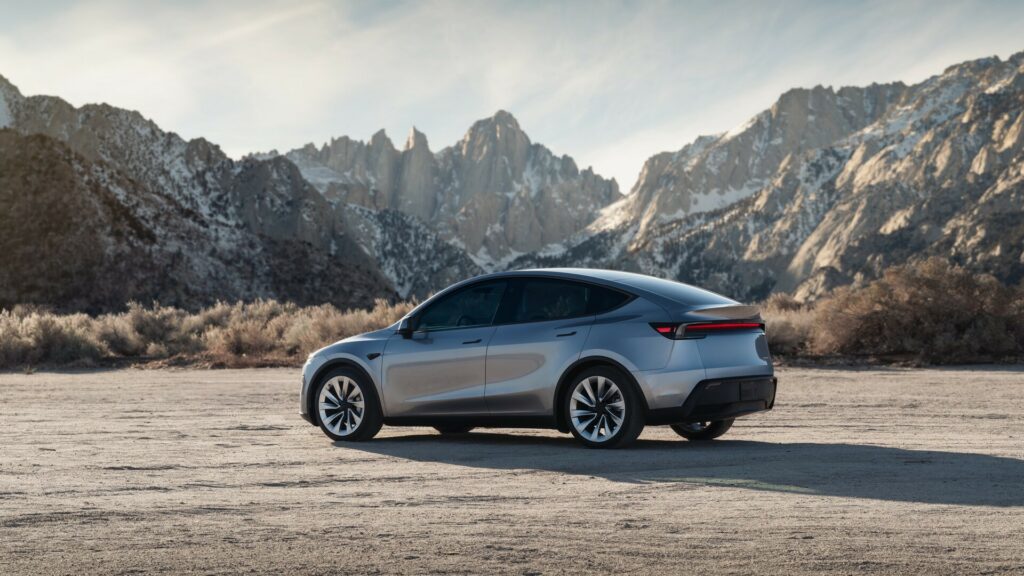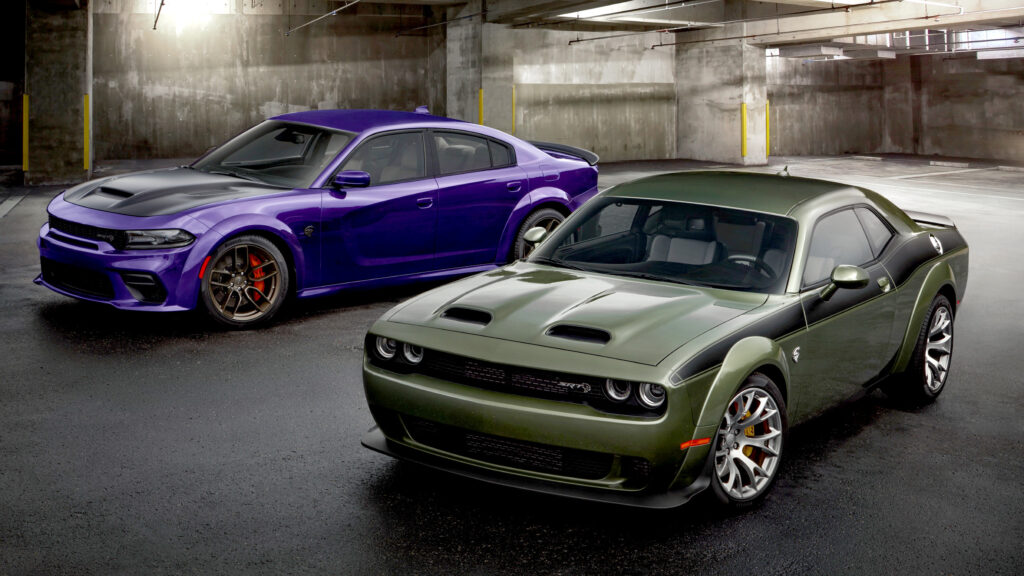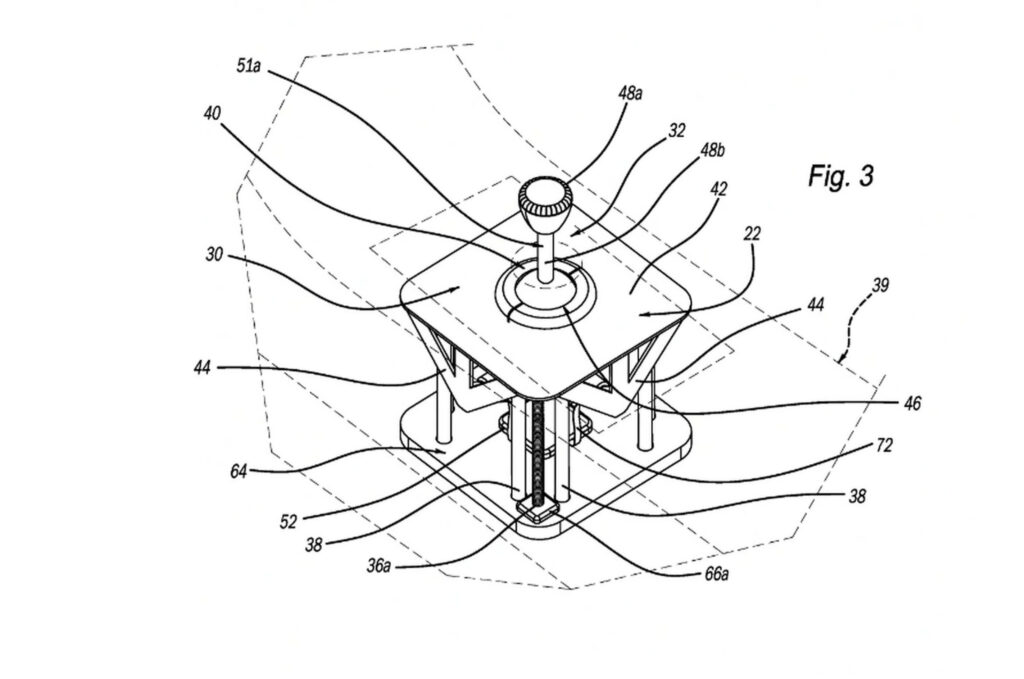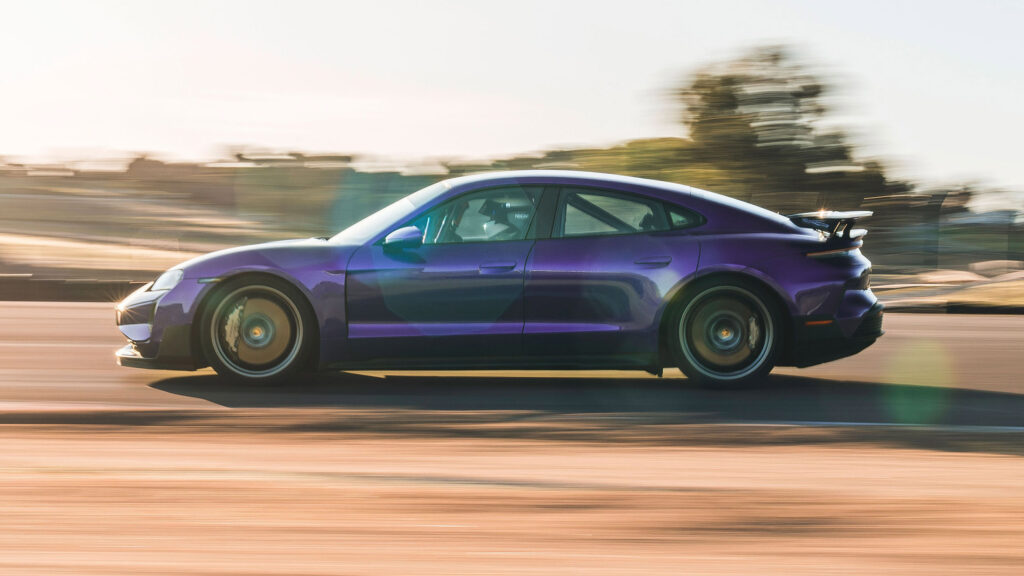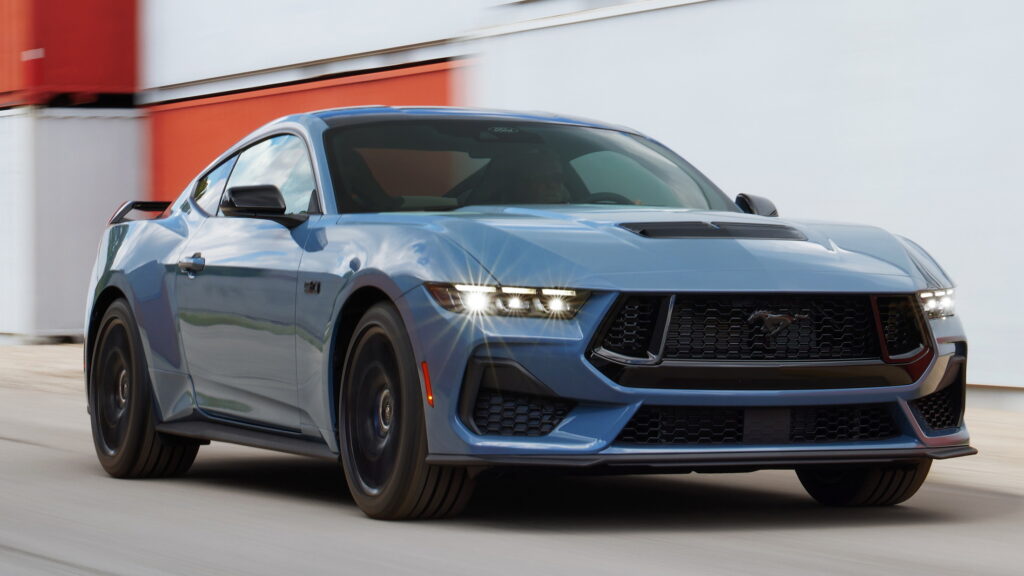Elon Musk Hater Kicks A Cybertruck And Instantly Regrets It
- A man attacked a Cybertruck on camera while the truck’s owner stood just a few feet away.
- Rather than confront the vandal, the owner alerted police to their whereabouts.
- Officers arrested the man in a new and very swift case of Tesla attackers being held accountable.
Tesla owners need to be more diligent now than ever before. With Elon Musk as the public face of the brand, emotions run high on both sides of the fence, and sometimes those feelings get misdirected. In California, someone attacked a Cybertruck, not knowing that its owner was mere feet away at the time. Now, the attacker is trouble with the law.
The incident took place near a Cinemark theater in San Jose. After the Cybertruck owner parked and stepped away, a Hyundai Ioniq 6 pulled into a nearby spot. Several people climbed out, including a man in a pink and grey sweater. He then approached the Cybertruck and, for reasons unclear, kicked it twice—hard—while recording the act on video.
More: Tesla Graffiti Could Now Lead To Hate Crime Charges In DC
It just so happened that the owner, Instagrammer Tigran Gertz, was standing so close he appears in one of the videos. He called out to the man, but got no response as the suspect walked away. In a post about the incident, Gertz says he followed the man into the theater and called the police. He gave officers his account of what happened and showed them the footage from the Cybertruck’s cameras.
Not long after, officers allegedly paused a movie screening to locate and arrest the suspect. Gertz filmed the moment police escorted the man out of the theater and into a patrol car. “Most people get away with vandalism, but not this guy,” Gertz said in his post, confirming that he plans to press charges.
No doubt, the video from the Tesla’s Sentry Mode played a large role in the arrest, as officers didn’t have to take Gertz’s word because they could plainly see what had transpired.
This sort of thing is happening more and more these days. Last week, a Tesla owner sued a vandal for seven figures after on-board cameras caught the suspect keying his car. Arson attacks on Teslas are on the rise worldwide too. The issue is big enough for the brand that it’s gone as far as to build panic rooms into some showrooms for staff to be safe from any attackers.
